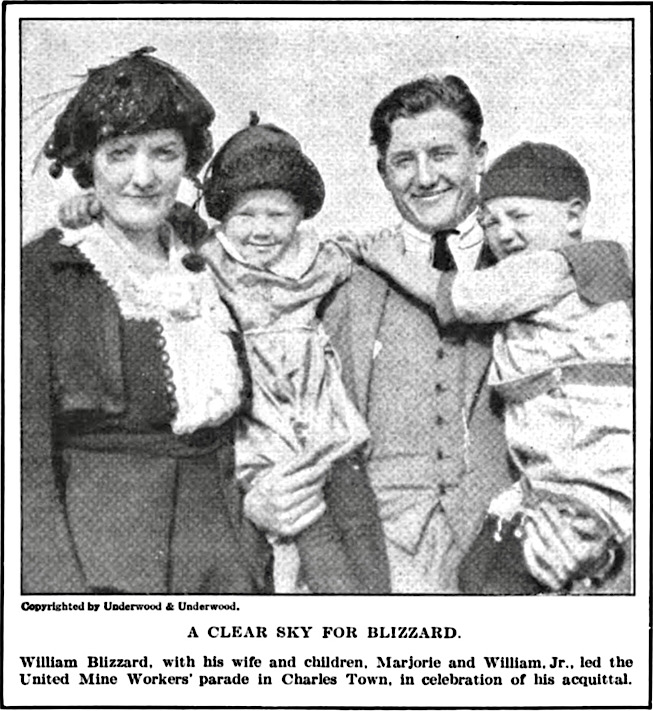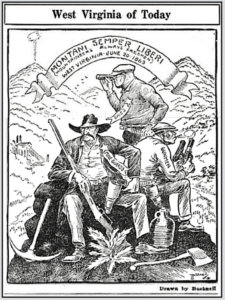 —————
—————
Hellraisers Journal – Monday September 25, 1922
Jackson, California – Search Continues for Miner Fessell; 46 Are Laid to Rest
From The Anaconda Standard of September 22, 1922:
From The Anaconda Standard of September 23 1922:
ARGONAUT VICTIMS ARE LAID TO REST
———-
Forty-six Miners Who Lost Lives
in Mine Disaster Are Buried.
———-JACKSON, Cal., Sept. 22.-Jackson buried 46 of the victims of the Argonaut gold mine disaster today. Preparations were made to continue the search for the 47th miner, William Fessel, whose body was not found by the federal mine rescue crew.
This little gold mining town suspended all activities for the funeral. Three processions, led by the town’s band, moved to three cemeteries, the Roman Catholic, the Protestant and the Greek Catholic, for services at different hours.
The state was represented at the funerals by Arthur Keetch, secretary to Governor Stephens. V. Filopi, consul general of Italy at San Francisco, who was among the mourners, congratulated the rescue workers after the funerals.
Searchers of the Argonaut mining crew will enter the Argonaut tomorrow to try to find Fessel, who left a farewell message in the mine. They will explore the levels previously covered by the government crews.
The Argonaut will resume mining as soon as the workers wish it. The fire which caused the tragedy is out, with a loss of $125,000 to the mining company.
Governor Stephens will appoint a party of mining experts to investigate the disaster, his secretary announced. The investigation was requested by the mining company.
[Emphasis added.]

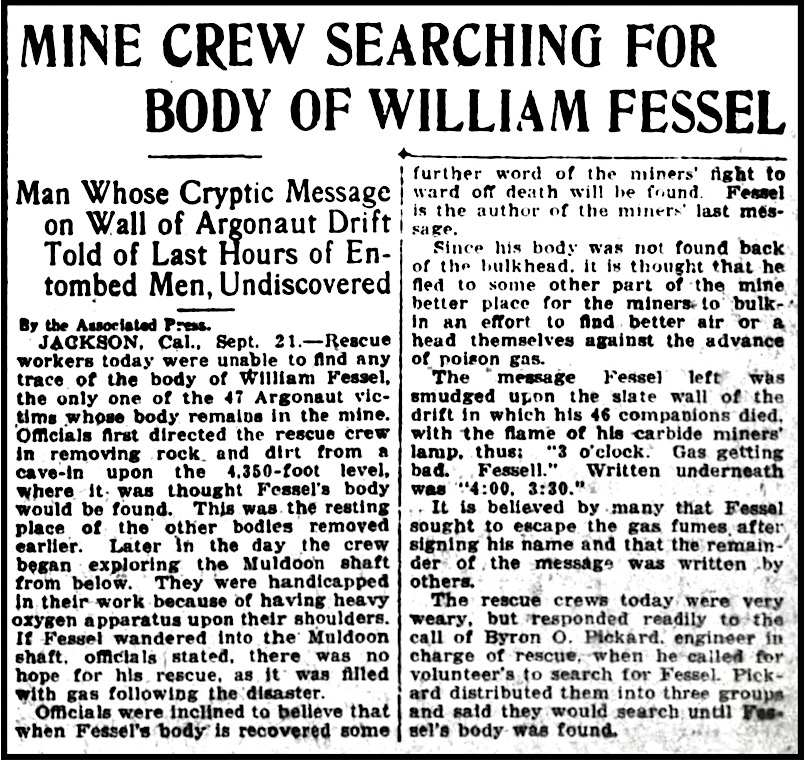

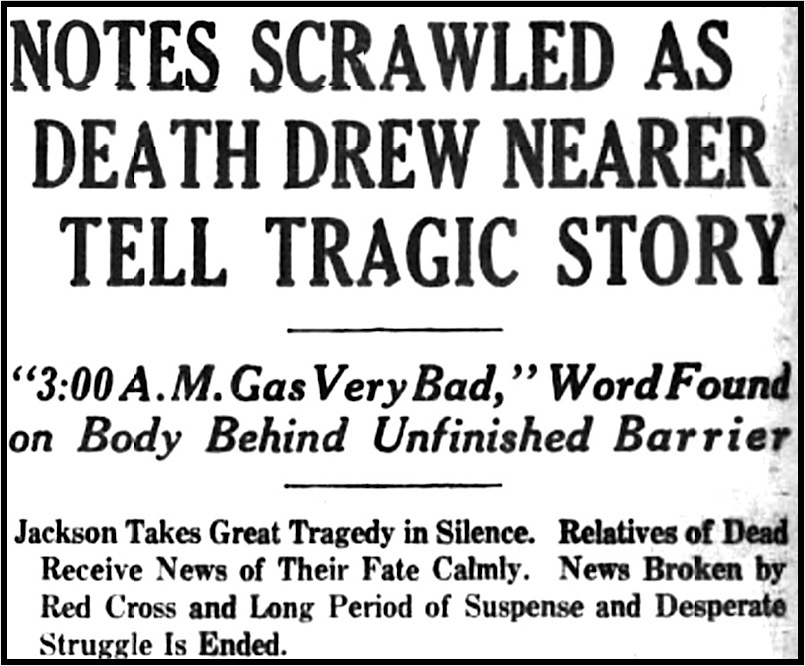

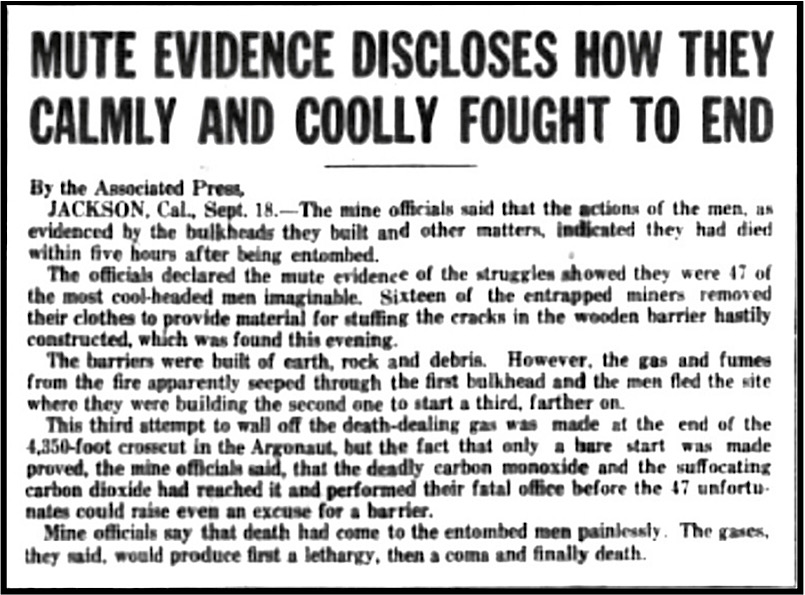
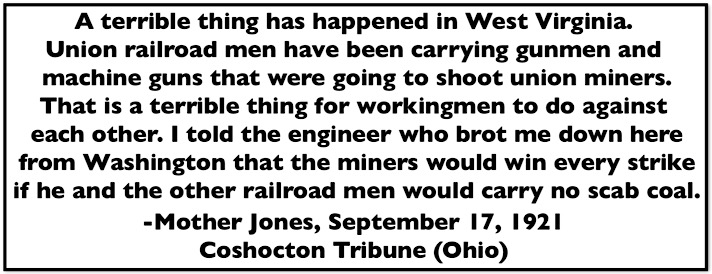 —————
—————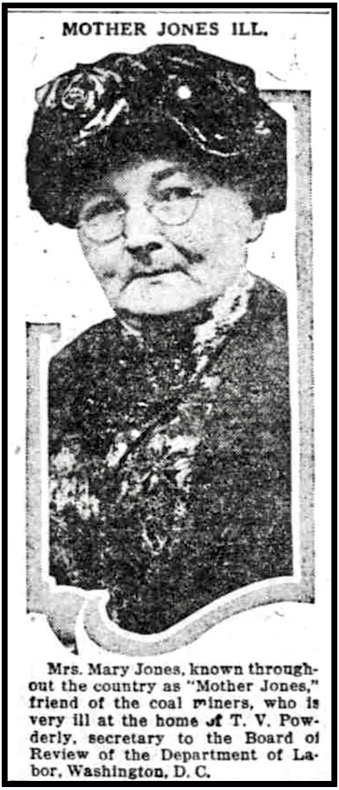
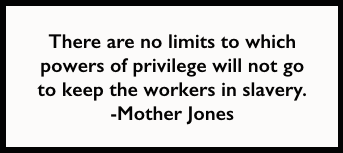 —————
—————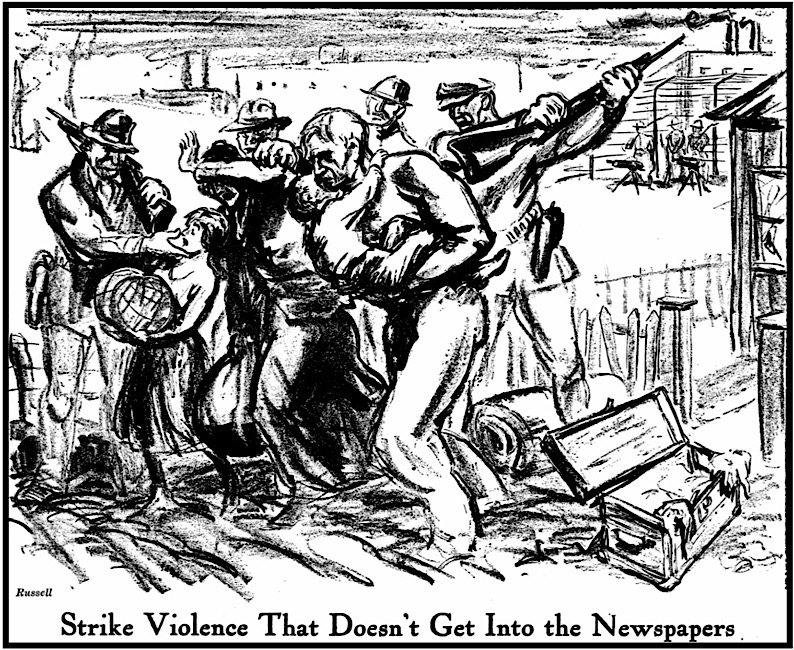
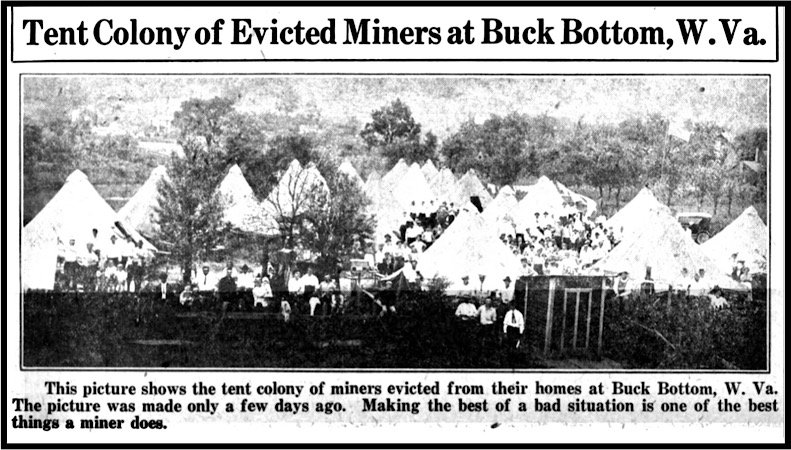
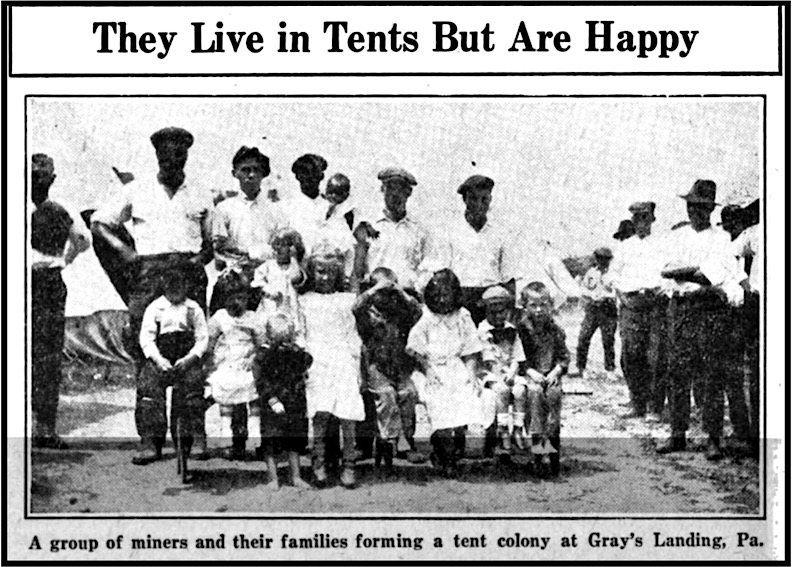
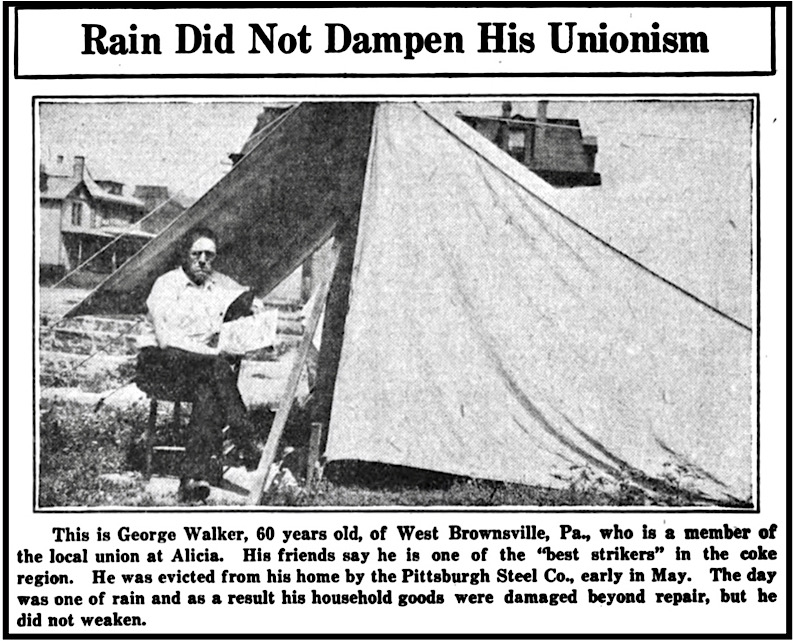
 —————
—————